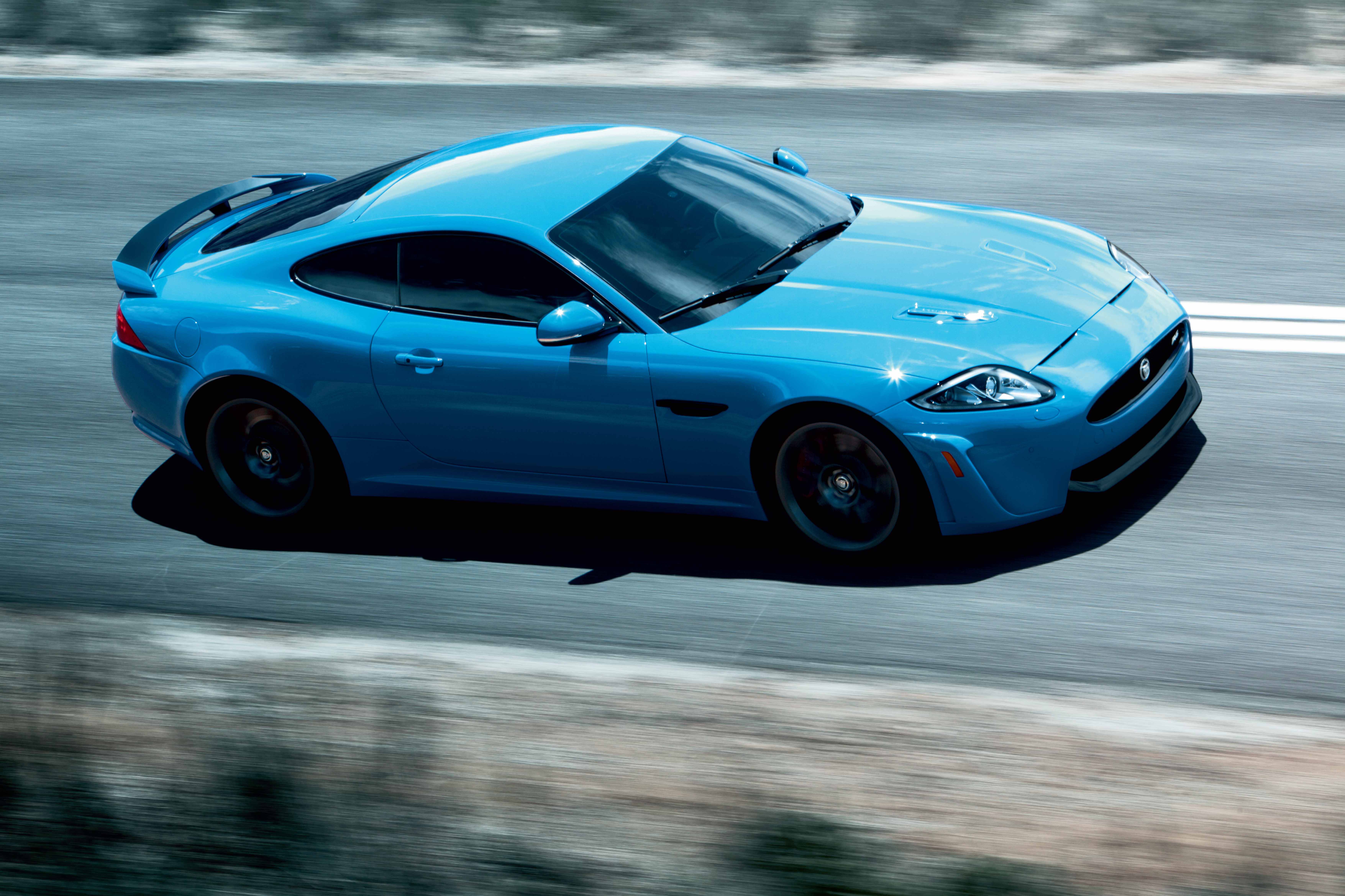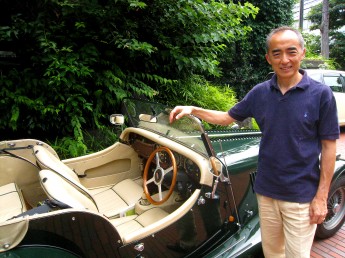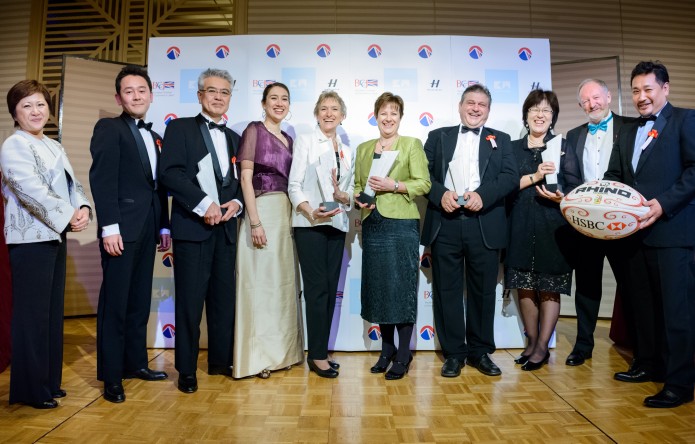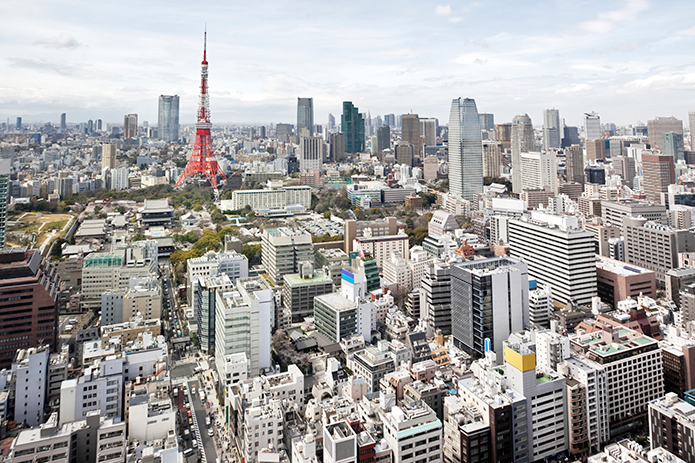Luxury, prestige and pedigree of British imported motors
For Yuuichiro Nakajima, nothing comes close to driving his Morgan with the hood down and the wind in his hair.
This classic motor may have a few drawbacks on the roads of Japan—his British racing green Plus 4 four-seater is somewhat lacking in the suspension department, for example—but there’s still nothing quite like taking out a special car for a spin, he believes. And it doesn’t hurt that it attracts so many covetous glances from others.
“The Independent carried an article about the Morgan in January 1994 and the opening line was ‘Bored with the smooth, swift, soporific ride of the modern cars?’”, recalls Nakajima, managing partner of Crimson Phoenix K.K. and a former long-term UK resident. “The Morgan is anything but smooth or soporific, but it is certainly swift. It has oodles of tradition and heritage behind it, its basic design not having really changed since 1938, and eccentricity that is quintessentially British”, he said. “The car is beautiful to look at, with a grace that no cars of modern design can hope to possess, but is not intimidating.
For a British industry that has been mocked for so many years, it is good to know that there are a number of high- end British car manufacturers that are faring well in this market, and that their products are appreciated by consumers more used to domestic cars that are functional—but lack that bit of fun.
Jaguar Land Rover, for example, has high ambitions for the market here and will be letting loose its new Jaguar XKR-S on Japanese roads before the end of the year. And while that is sure to cause a stir, the firm has equally high hopes for the Range Rover Evoque, which will make its Japan debut at the 2011 Tokyo Motor Show in December.
“One of the expectations, or must- have attributes, of a luxury brand in Japan is that sense of a rich heritage”, said Masako Sakuta, director of marketing and public relations for Jaguar Land Rover Japan. “The Japanese audience really looks for a brand that builds on that sense of heritage, which Japanese car brands just don’t have.
Aston Martin agrees.
“Exclusivity, performance and the brand name attract Japanese consumers to us”, said Matthew Bennett, regional director for Aston Martin Lagonda’s Asia-Pacific operations. “We are an authentic, luxury, niche manufacturer and the market for this kind of vehicle across Asia is very strong at the moment. In Japan, it’s OK”.
The UK, US and continental Europe account for about 70% of the firm’s total annual sales, although Asia is eating into that figure rapidly and sales have grown 55% since 2010. China is the single largest market in the region.
Drivers in Japan of Aston Martin cars—made famous by Prince Charles and James Bond—are mostly male and aged between 35 and 55, although the firm’s new four-door Rapide is attracting a new generation of younger buyers with families, Bennett said.
The Virage was launched in early July—“the media love it, and so do the dealers”, added Bennett—and the firm is planning two significant launches in the near future. The Cygnet is a small, luxury car designed to negotiate the streets of a big city, while the Zagato is a completely different beast; this limited- edition vehicle costs £350,000.
In tandem with the new launches, Bennett says Aston Martin is planning to set up larger dealerships in order to better showcase the growing range of models.
Most auto manufacturers offer a selection of interiors and exteriors for their products, everything from colours to trim, fascia and wheels. But Jaguar provides its customers with what the firm terms a portfolio of choices that enables a far wider selection, making the car essentially bespoke for the customer, as well as being committed to the highest standards of craftsmanship and materials. A similar system operates at Range Rover.
“So Jaguar and Range Rover are not only offering a luxury car, but enriching the customer’s life with that product”, said Sakuta.
The firm is planning to further enhance the customer and owner experience, Sakuta said, and by bringing the latest models and products to the market here, “our customers can really be proud of their cars and the brand”. One of those pluses is for owners who are invited to special events, such as track days and off- road events.
Still, importers of luxury foreign cars have had a rough ride in recent years in this market, which was very badly affected by the Lehman long-running domestic recession—and then took another battering in the aftermath of the 11 March earthquake and tsunami, and the ongoing problems at the Fukushima Dai-ichi Nuclear Power Plant. Consumers have reined in their spending dramatically—although dealers report that trend appears to have run its course—while many expatriates have moved overseas.
Although now german-owned, the Mini still resonates with many people as a classic British marquee, especially in Japan.
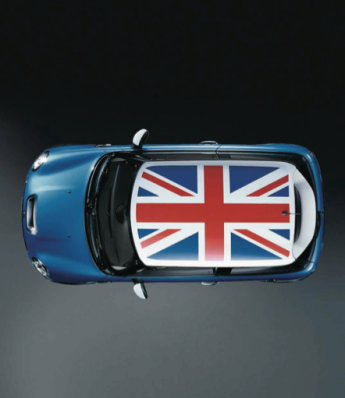
“The BMW and Mini brands are well established in Japan and sales are currently very strong”, said Rosemary Mitchell, of the BMW group’s Tokyo Corporate Communications department. “We saw the effects of the Lehman Shock wear off in 2010 and business has been picking up ever since”.
The Mini is benefiting in particular from the popularity of the Crossover, the brand’s first four-door model, which was launched here earlier in the year.
“We feel one of the attractions of both BMW and Mini vehicles is that they are made for a select audience, rather than appealing to everyone”, said Mitchell. “Both brands are, therefore, very popular with people who have a strong individual set of values when it comes to choosing their cars.
“We find that Japanese consumers tend to seek authentic, high-quality products and show high acceptance of new technology”, she added. “We are also finding that customers’ notion of ‘premium’ is increasingly coming to be defined by sustainability.”
Over the past 10 years or so, there have been an increasing number of classic car events in Japan, at which many rare and famous cars have been bought and sold, according to Hirohito Iwase, president of Morgan Auto Iwase. “They have included some virtually unknown cars—the Cisitalia and Stauguellini, old Bentleys and Rolls Royces—so it would not be an exaggeration to say there has been a boom in classic cars.
“However, that boom appears to have passed and many classic cars are now going overseas again”, he said. Yet Morgan Auto is determined to keep this particular portion of British motoring heritage rolling in Japan, with help from the likes of Nakajima.
“The Morgan is a luxury car, not so much in the sense that it gives more comfort or functionality than other expensive cars—in fact, my car is very light on the mod con front: no air-conditioning, no power-assisted steering, no fixed or automatically retractable roof, no boot and no satellite navigation system”, he said.
“The luxury proposition comes from its rarity, eccentricity, craftsmanship, tradition, heritage, beauty, the sense that it is a piece of Britain, and the consequent coolness”, he said. “That has to be apparent to anyone who does not mind suffering a little bit for things that few other modern ‘luxury cars’ offer”.



